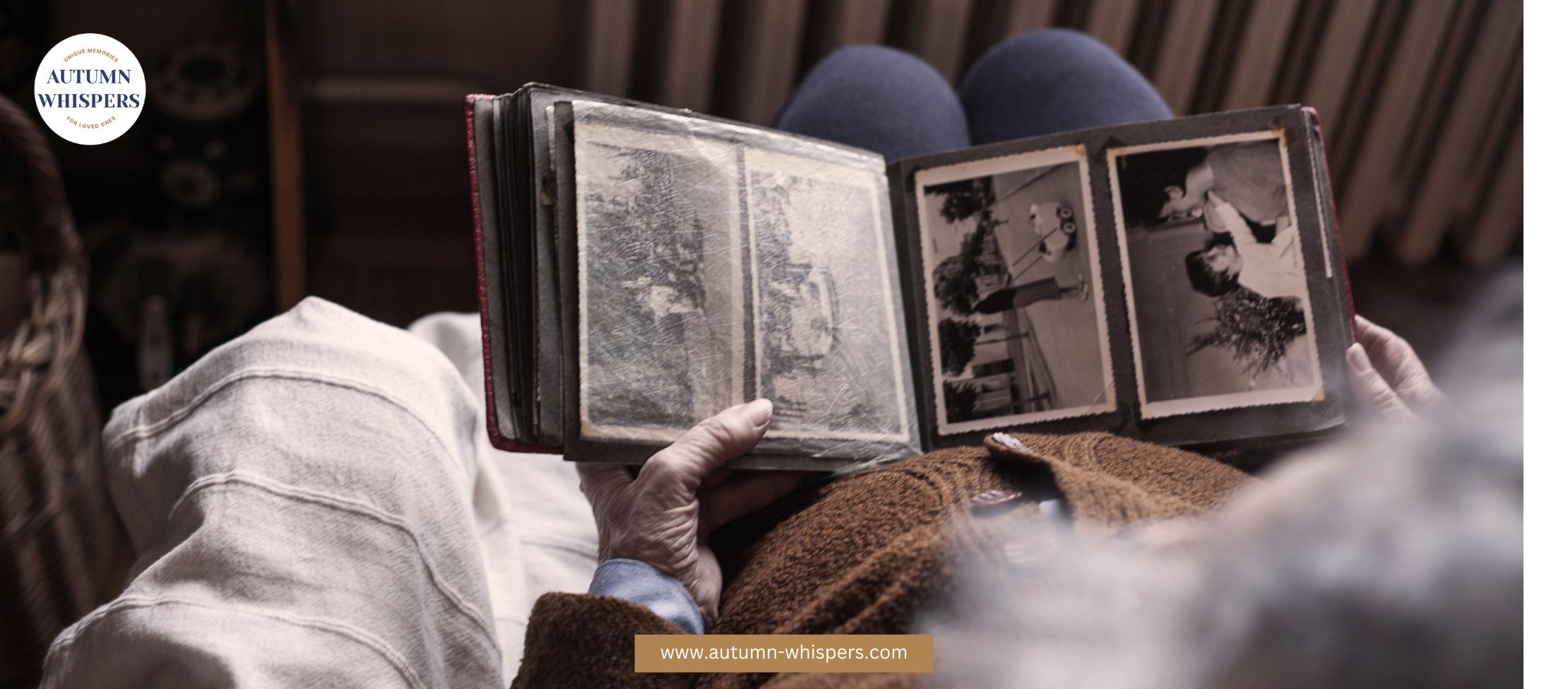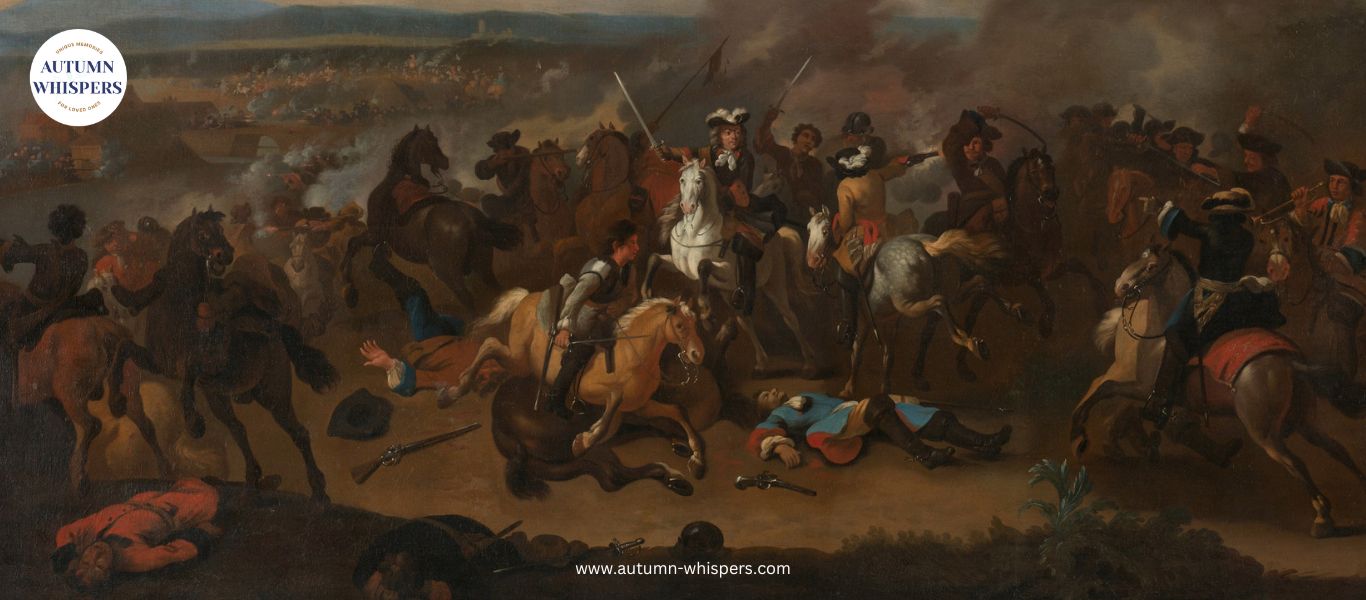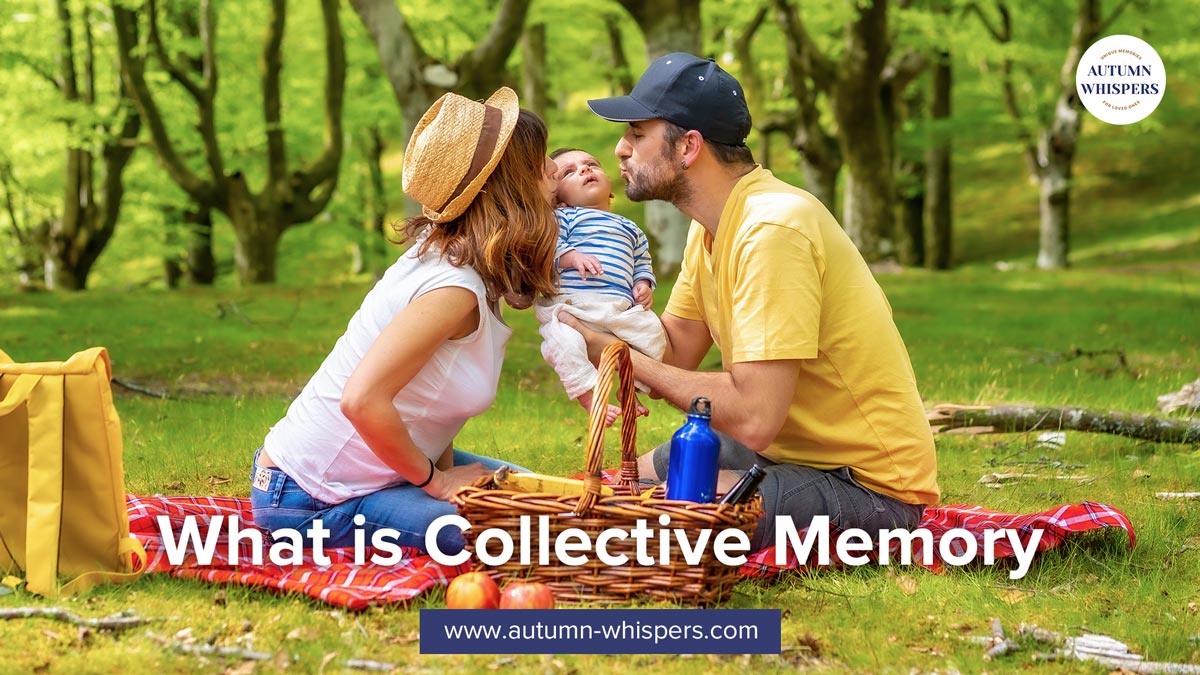Collective memory is the shared reminiscence and interpretation of past occurrences, experiences, and cultural phenomena within a community, group, or society.
Collective memory refers to the stories, images, traditions, music, beliefs, and food types that unite a specific group of individuals.
Shared memory is the collective comprehension and depiction of history, cultural identity, and customs passed down through generations.
It entails more than an accumulation of individual memories; it is a social construct and shared narrative that guides how a group of individuals, community, or society perceives the present and its past.
Let’s look at key characteristics that distinguish collective memory from other types of memories.

Key Features of Collective Memory
1. Shared Experience
Collective memory rises from occurrences or experiences widely acknowledged and renowned by a group of people.
These occurrences include historical milestones, cultural traditions, and crucial societal changes.
For example, witnessing a narrow win over a superior opponent can be a shared experience that eventually becomes a collective memory in a basketball community.
2. Social Construct
Collective memories are neither facts nor objective truths. They are social constructions shaped by cultural, social, and political factors.
These stressed or suppressed narratives, interpretations, and representations within a community influence collective memories. For instance, water incidents are likely to impact the collective memory of a fishing village.
3. Selective Nature

Not all occasions or happenings become a section of collective memory. Only specific selected events become a part of the collective memory while the rest fade away.
The selection process of events to be part of the collective memory depends on diverse factors such as emotional impact, cultural significance, and societal values.
A very influential event like the final game in a tournament is likely to create a shared memory.
4. Transmission
Collective memory is passed down from one generation to another through oral literature, written records, art, media, and educational establishments.
Transmission of collective memory contributes to the continuity of cultural identity and historical comprehension.
Transmission is a fundamental feature that helps in preserving memories.
5. Define and Shape Identity

Collective memory is vital in defining and shaping a communal identity and feeling of belonging. Collective memories help define societal aspirations, values, and shared historical understandings. Cultural memory determines the philosophy and culture of a group.
For instance in Ireland, the Republic of Ireland and Northern Ireland culture shaped by the collective memory of the Battle of the Boyne.
6. Dynamic and Progressing
Collective memory is not a static thing, but it changes with time. It evolves with time as societal perspectives change, new information arises, and the generational reinterpretation of previous events in light of their present situations.
7. Community Cohesion

Shared memories foster a sense of belonging, cohesion, and unity among community members. Collective memories offer a common ground for community members to connect and relate with each other.
Cultural memory unites community members through cultural interactions and celebrations. For example, a collective memory of a football community can keep its members talking and reminiscing about a past football game.
Families connect and bond because of collective memory.
The Autumn Whispers app offers shared community spaces for families to connect, chat, and share memories so as to preserve their collective memory.
8. Influences Behaviours
Collective memory can influence individual or communal attitudes and behaviours of a group.
Shared memory affects decision-making processes, political reactions, and social actions of members of society.
The shared experiences define how community members respond to challenges, chase their goals, and plan for the future.
Summary
Collective memory is the shared repository of historical experiences and interpretations that shape a society’s identity, culture, and understanding of its past.
Shared memory is a dynamic and complex interplay of individual recollections and social influences that reflects the collective consciousness of a group.
Collective memory is an effective way of preserving memories as shared experiences pass down generations.













